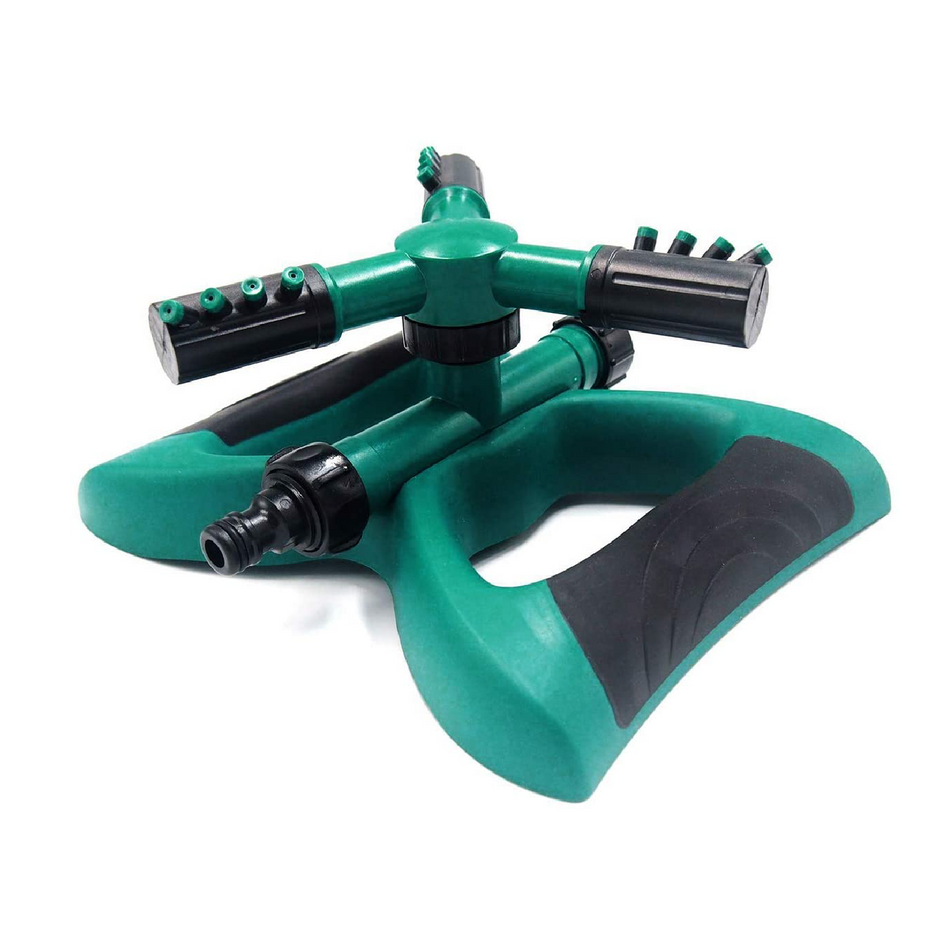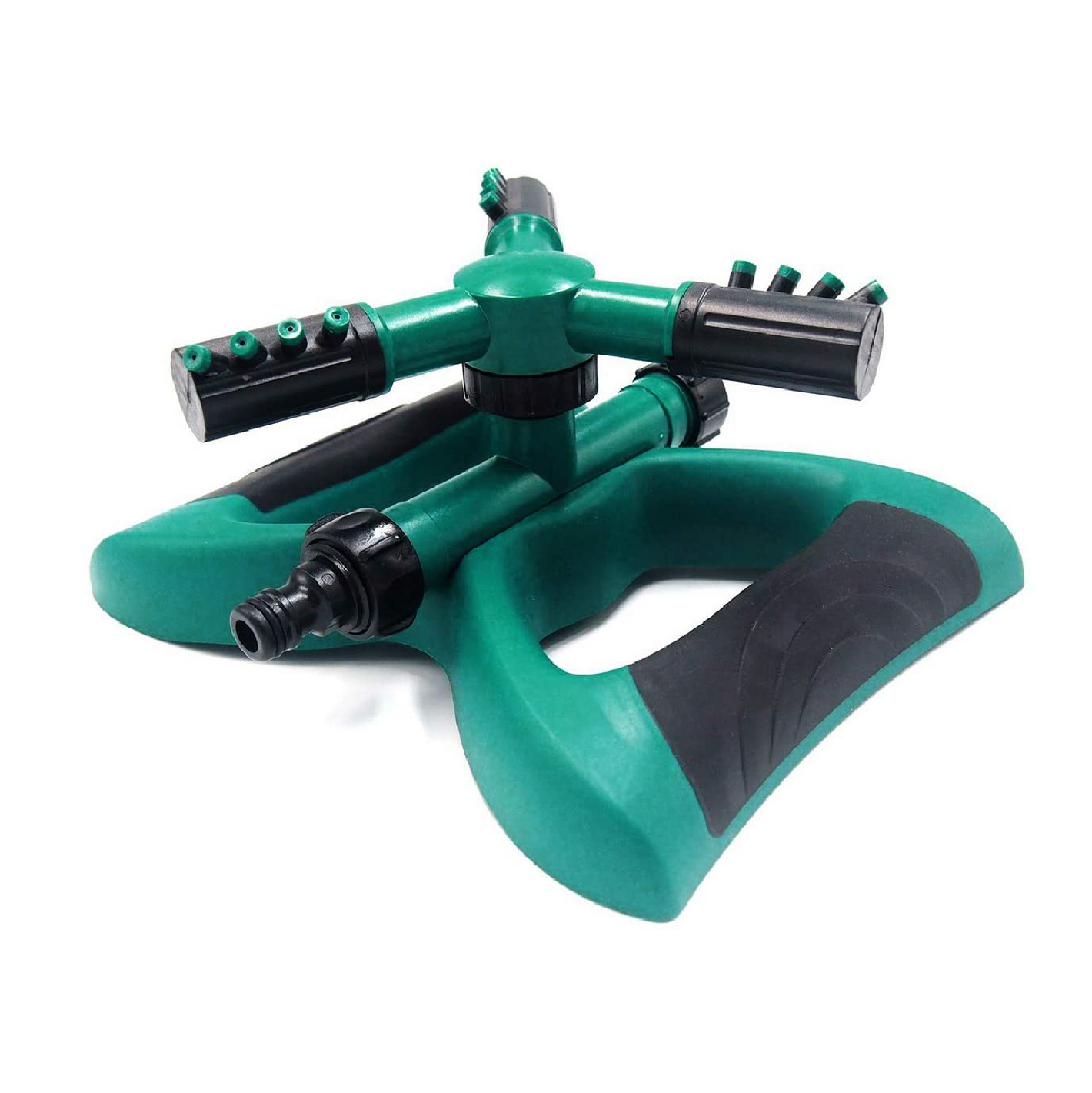Your car's radiator is a crucial component of your engine's cooling system. Over time, the radiator can become clogged with dirt, debris, and other contaminants that can hinder its performance. If left unattended, a clogged radiator can lead to engine overheating and potentially expensive repairs. That's why it's important to flush your radiator regularly, and what better way to do it than with a garden hose? In this ultimate guide, we'll take you through step-by-step instructions on how to flush a radiator with a garden hose, so you can keep your engine running smoothly and prevent any costly damage.
How to Flush a Radiator with a Garden Hose
What You'll Need
Before you start, you'll need to gather a few supplies:
- A garden hose
- A radiator flush kit (optional)
- A bucket
- A funnel
- Protective gear (gloves and goggles)
Step-by-Step Guide on How to Flush a Radiator with a Garden Hose
Now that you have everything you need, it's time to get started:
Step 1: Turn off the engine and let it cool down
Before you start working on your radiator, make sure the engine has cooled down completely. You don't want to risk burning yourself on hot coolant.
Step 2: Locate the radiator drain valve
The drain valve is usually located on the bottom of the radiator. If you can't find it, consult your car's owner's manual.
Step 3: Place the bucket underneath the drain valve
This will catch the old coolant as it drains out.
Step 4: Open the drain valve
Using pliers if necessary, open the drain valve and let the old coolant drain out into the bucket. Be sure to dispose of the old coolant properly, as it is toxic to humans and animals.
Step 5: Close the drain valve
Once all the old coolant has drained out, close the drain valve.
Step 6: Fill the radiator with water
Using a garden hose, fill the radiator with water until it reaches the top. Use a funnel to avoid spilling water on the engine.
Step 7: Turn on the engine and let it run
Start the engine and let it run for a few minutes to circulate the water through the radiator.
Step 8: Drain the water
Once the engine has run for a few minutes, turn it off and let it cool down again. Repeat steps 2 through 5 to drain the water from the radiator.
Step 9: Add radiator flush solution (optional)
If you want to give your radiator a more thorough cleaning, add a radiator flush solution to the radiator. Follow the instructions on the bottle for the correct amount to use.
Step 10: Fill the radiator with water again
Using a garden hose, fill the radiator with water again until it reaches the top.
Step 11: Turn on the engine and let it run
Start the engine and let it run for a few minutes to circulate the radiator flush solution through the radiator.
Step 12: Drain the water and flush solution
Once the engine has run for a few minutes, turn it off and let it cool down again. Repeat steps 2 through 5 to drain the water and flush solution from the radiator.
Step 13: Refill the radiator with coolant
Using a funnel, refill the radiator with fresh coolant until it reaches the top. Be sure to use the type of coolant recommended by your car's manufacturer.
FAQs
Can I use tap water to fill the radiator?
Tap water can contain minerals and other impurities that can damage your engine. It's best to use distilled water or a pre-mixed coolant and water solution.
How often should I flush my radiator?
It's recommended to flush your radiator every two years or 30,000 miles, whichever comes first.
Do I need a radiator flush kit?
A radiator flush kit can make the process easier, but it's not necessary. You can still flush your radiator with a garden hose and the other supplies listed in this guide.
Can I reuse old coolant?
It's not recommended to reuse old coolant, as it can become contaminated with dirt and debris.
Conclusion
Flushing your radiator with a garden hose is a simple yet effective way to keep your engine running smoothly. By following the step-by-step instructions in this ultimate guide, you can easily flush your radiator and prevent any costly damage. Just remember to wear protective gear, dispose of old coolant properly, and use the recommended coolant for your car. With regular maintenance, your car's cooling system will stay in top shape and provide you with many miles of trouble-free driving.



